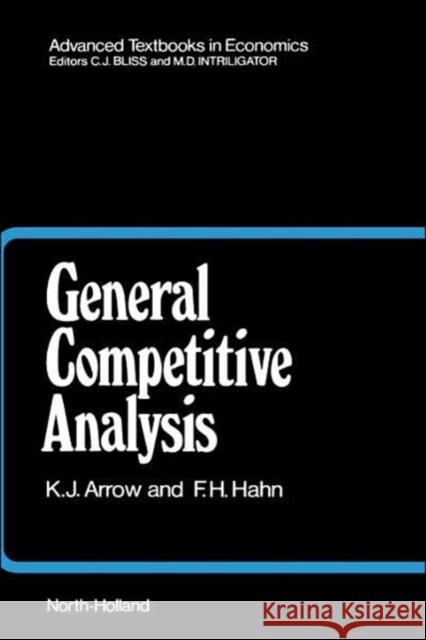General Competitive Analysis: Volume 12 » książka
topmenu
General Competitive Analysis: Volume 12
ISBN-13: 9780444854971 / Angielski / Twarda / 1983 / 468 str.
Kategorie:
Kategorie BISAC:
Wydawca:
North-Holland
Seria wydawnicza:
Język:
Angielski
ISBN-13:
9780444854971
Rok wydania:
1983
Numer serii:
000000267
Ilość stron:
468
Waga:
0.82 kg
Wymiary:
23.39 x 15.6 x 2.54
Oprawa:
Twarda
Wolumenów:
01











